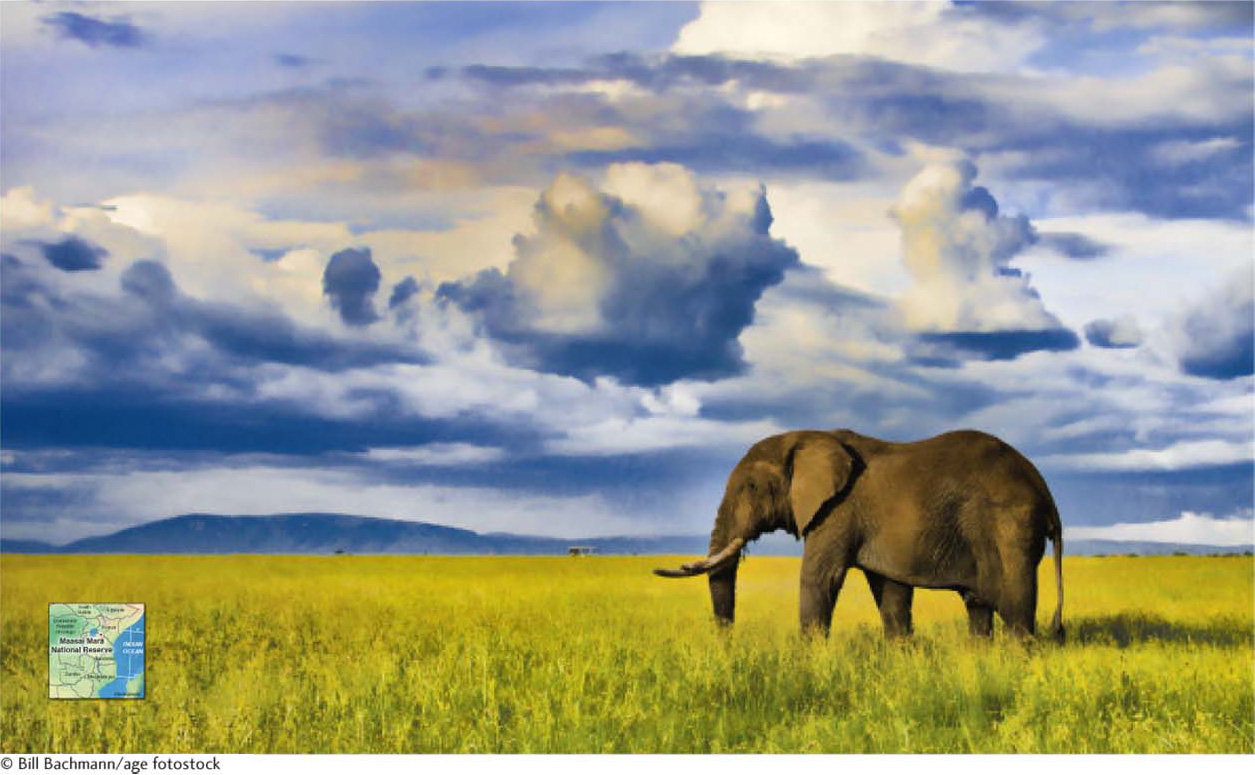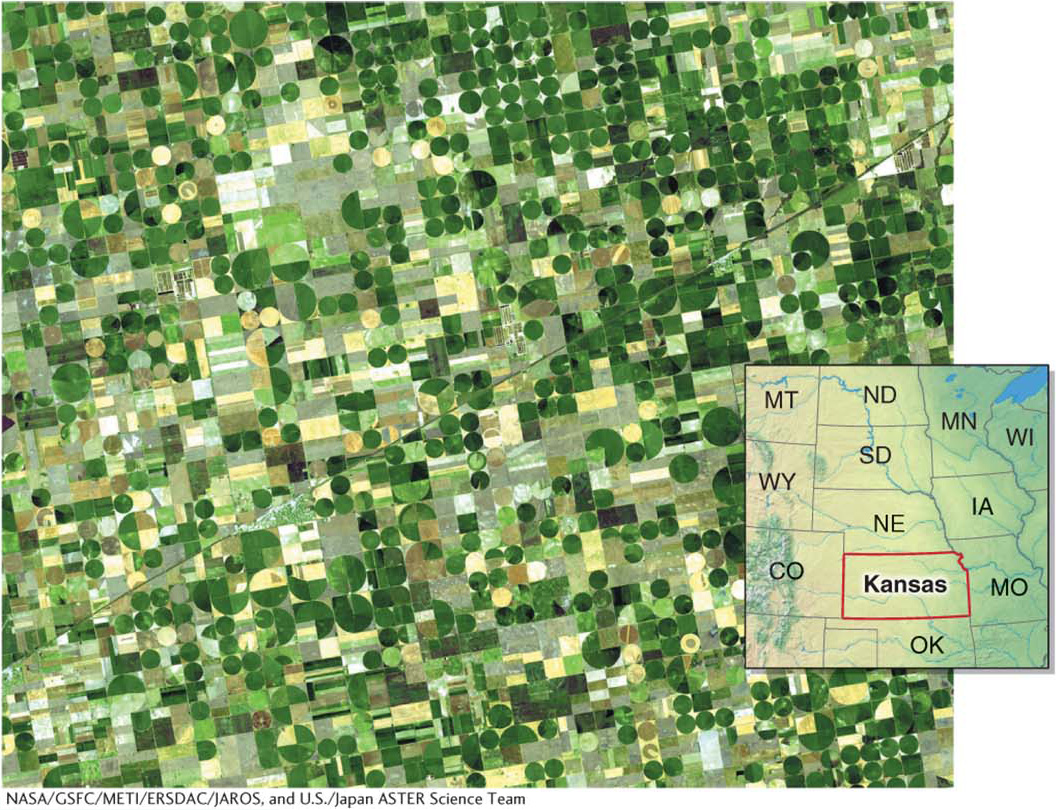CLIMATE AND LIFE: Biomes
8

LIVING PHYSICAL GEOGRAPHY
What are the “lost cities” of the Amazon?
How can using biofuels harm Indonesia’s orangutans?
Why is Ireland mostly treeless?
How old is the world’s oldest living tree and where is it?
THE BIG PICTURE
The broad geographic patterns of vegetation are determined mostly by climate. Humans are rapidly transforming these patterns.
LEARNING GOALS
After reading this chapter, you will be able to:
8.1
Explain the relationship between climate and vegetation structure.
8.2
Describe the major characteristics of low-
latitude biomes and human impacts in each. 8.3
Describe the major characteristics of mid-
and high- latitude biomes and human impacts in each. 8.4
Describe the major characteristics of the biomes found at all latitudes and human impacts in each.
8.5
Assess the connection between the well-
being of people and the well- being of nature.
THE HUMAN SPHERE:
Terraforming Earth
THESE ARE INTERESTING TIMES for Planet Earth. They are the best of times and the worst of times, to quote the English novelist Charles Dickens. Human technological innovation is more advanced than ever and has improved conditions for humanity. Technology is being used to obtain natural resources more efficiently and to feed more people now than ever before. About 40% of Earth’s ice-

But technology has allowed people to exploit natural resources too well. Wild places are increasingly being converted to cropland and rangeland. Fishing boats using sonar can find and catch fish that were once beyond human reach.
The impact of human technology is so large that some scientists consider it a form of planetary engineering, or “terraforming.” To terraform a planet is to transform it to suit human needs. The term is normally used in the context of making an inhospitable world, such as Mars, hospitable for human colonization by changing the chemistry and character of its surface and atmosphere. Earth is now being terraformed to better meet humanity’s needs. But this transformation comes with a price: The growing human population is placing increasing demands on Earth’s natural resources. Wild places are increasingly fragmented, and natural ecosystems are quickly being converted to human-
terraform
To transform a planet to suit human needs.
In this chapter, we explore Earth’s terrestrial (land) biomes and human impacts (the human “footprint”) in each biome, starting with those found at low latitudes, then moving to those at midlatitudes and high latitudes. We then explore biomes found at all latitudes. Lastly, we assess how Earth’s biomes have changed and the importance of natural systems to people.